In the woodworking and lumber industries, technology continues to evolve, providing enhanced tools that deliver higher productivity and flexibility. One such tool making waves in the industry is the portable industrial band saw mill. Combining portability with industrial-grade power, this innovation has significantly transformed how wood is processed, offering both small-scale woodworkers and large lumber operations an efficient and versatile solution for cutting logs into lumber.
In this article, we’ll explore how the portable industrial band saw mill has emerged as a game-changer in woodworking, its key features, applications, and why it’s gaining widespread acceptance in both small workshops and large-scale operations.
The concept of sawmills has been around for centuries, traditionally requiring a fixed location and heavy machinery to cut logs into usable lumber. However, as industries have modernized and demand for mobility and flexibility has increased, the introduction of the portable industrial band saw mill has allowed sawyers to bring the mill to the logs, rather than the other way around. This ability to operate in remote locations, paired with the machine’s efficiency and precision, has made the portable saw mill a popular choice among woodworkers.
The rise of portable industrial band saw mills has coincided with growing consumer demand for locally sourced, custom-cut lumber, often from sustainable logging practices. Small-scale operators, homesteaders, and even hobbyists now have the ability to cut logs on-site, saving time, transportation costs, and adding value by controlling every step of the milling process.
Several features set the portable industrial band saw mill apart from traditional, stationary mills, making it a preferred choice for many in the industry. Here’s a closer look at some of the characteristics that define these machines:
The distinguishing feature of a portable industrial band saw mill is, of course, its portability. Unlike stationary sawmills, which are fixed in one location, portable band saw mills are designed to be easily transported to remote logging sites or directly to the job location. models come equipped with wheels and a trailer, making it simple to transport the machine on rugged terrain. This mobility not only reduces transportation costs for raw materials but also allows for more flexibility in harvesting timber in hard-to-reach areas.
Despite their portability, portable industrial band saw mills do not compromise on cutting capacity. These machines are built to handle large logs, often ranging from 24 inches to over 40 inches in diameter. This makes them capable of processing substantial volumes of lumber on-site, whether for large commercial projects or small-scale operations. The industrial-grade blades ensure that the cuts are precise and consistent, minimizing waste and yield.
The portable industrial band saw mill offers high levels of precision, making it ideal for producing customized cuts. Operators can adjust the thickness of the lumber according to specific requirements, allowing for greater control over the final product. This is particularly valuable for woodworkers who produce custom furniture, cabinetry, or specialty wood products. The precision of these mills also ensures smoother cuts, which reduces the need for additional finishing work.
Even though these sawmills are portable, they are built with industrial-grade materials designed to withstand heavy usage and harsh outdoor environments. The portable industrial band saw mill is constructed with durability in mind, featuring robust frames, long-lasting blades, and powerful engines that enable it to cut through dense and hard woods. This makes them a long-term investment for any woodworking operation.
Another factor contributing to the growing popularity of portable industrial band saw mills is their ease of use. Many modern models are designed with user-friendly features such as easy-to-read controls, hydraulic log loading systems, and power feed options. This makes it accessible to both seasoned professionals and those new to milling, allowing operators to focus on precision cutting without struggling with complex machinery.



 english
english Русский
Русский Español
Español Русский
Русский
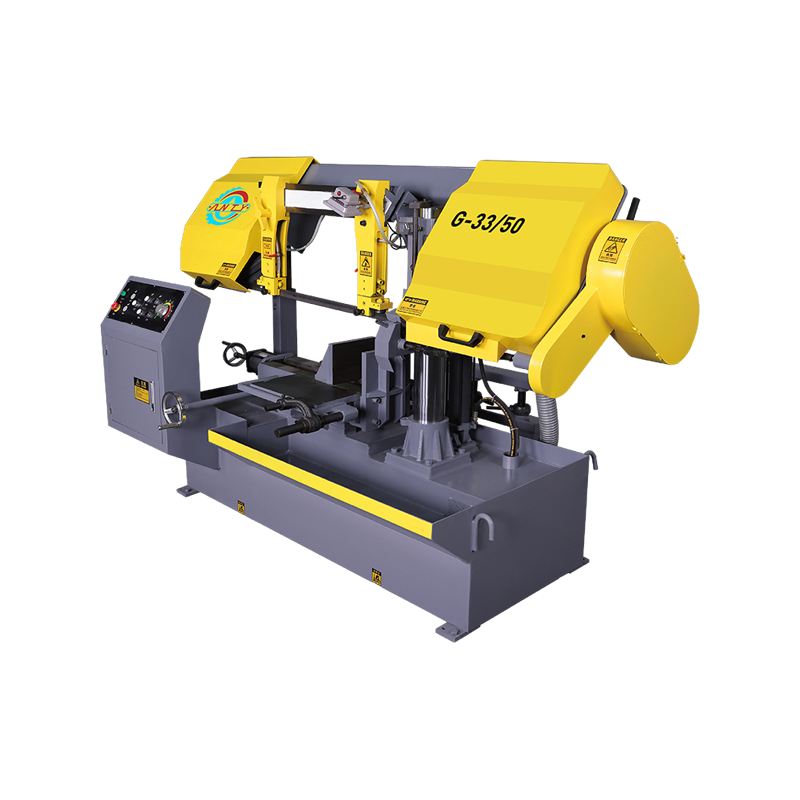
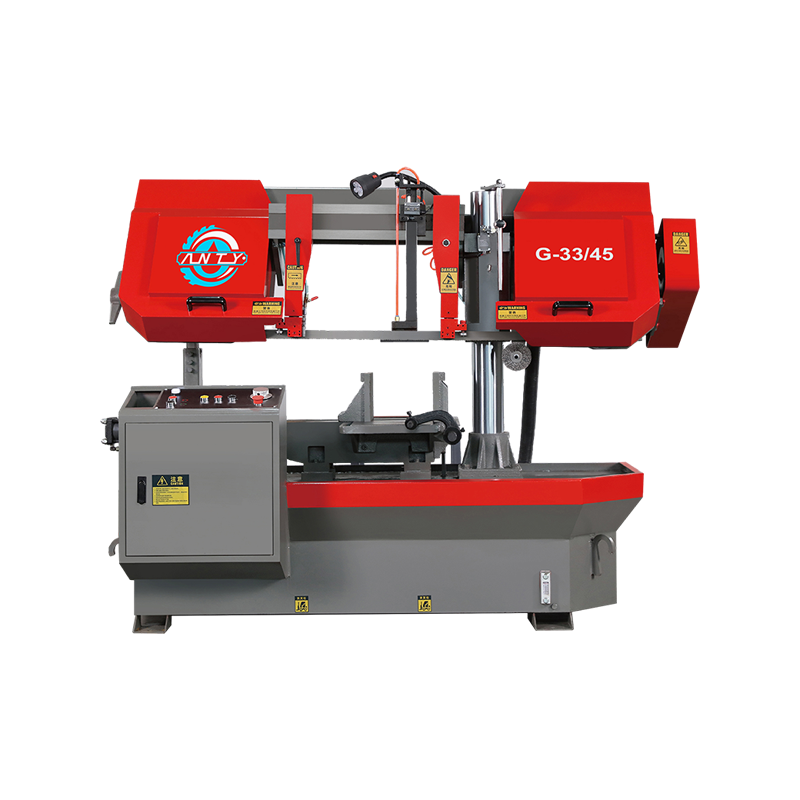
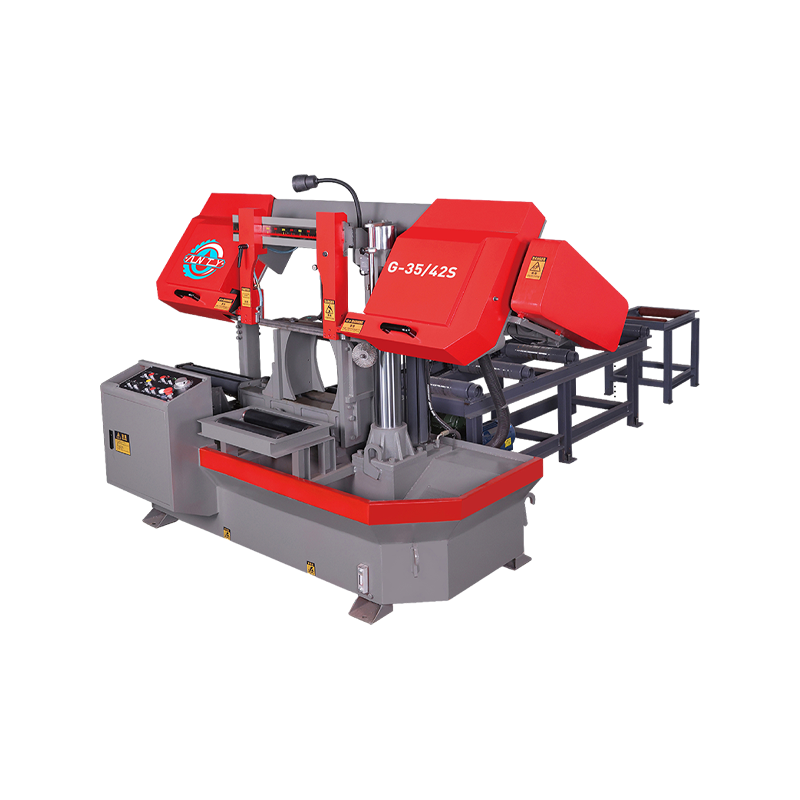
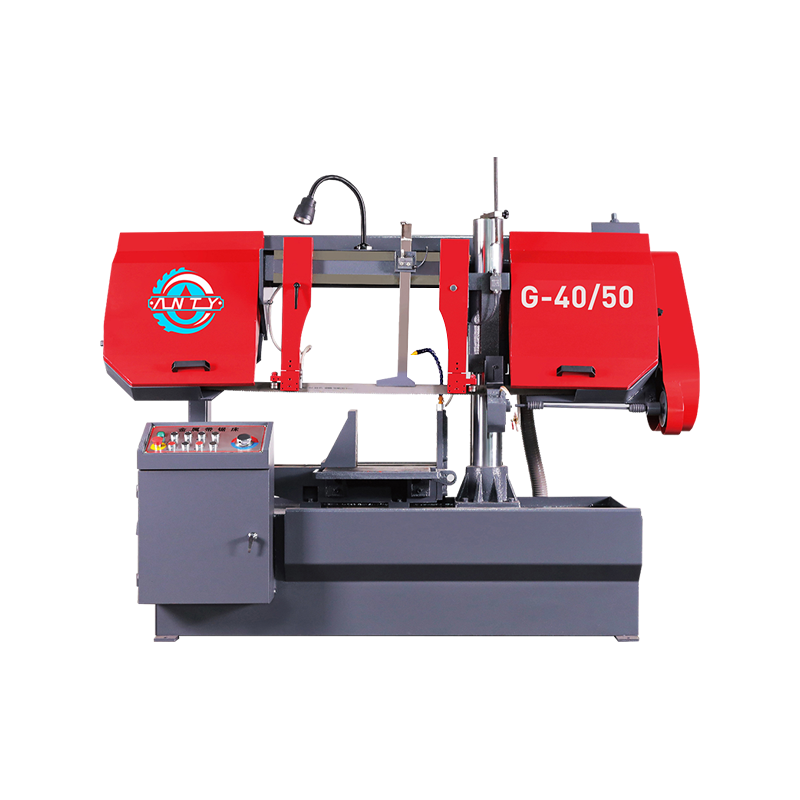
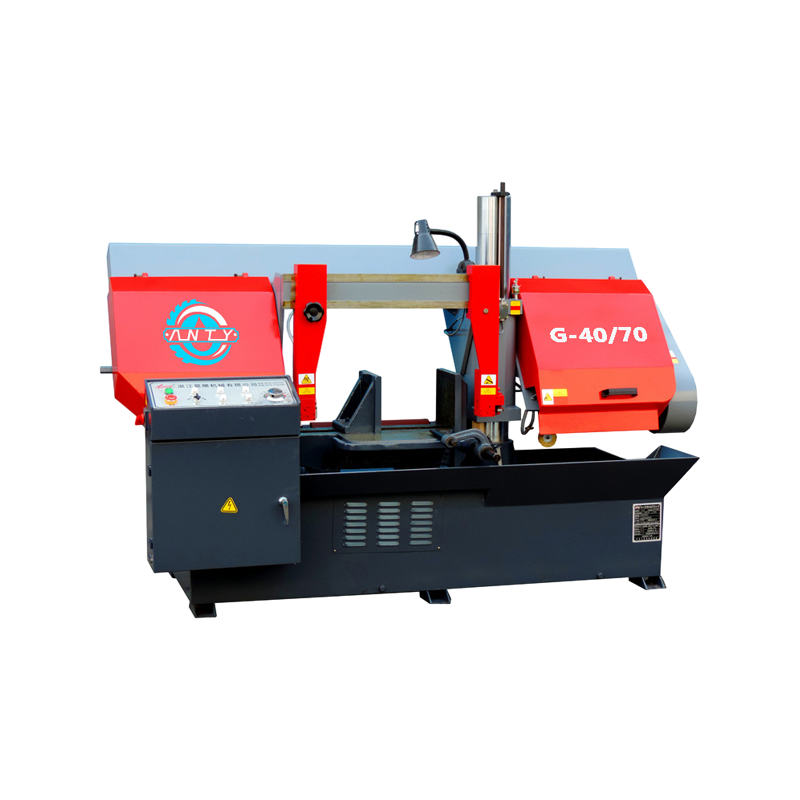
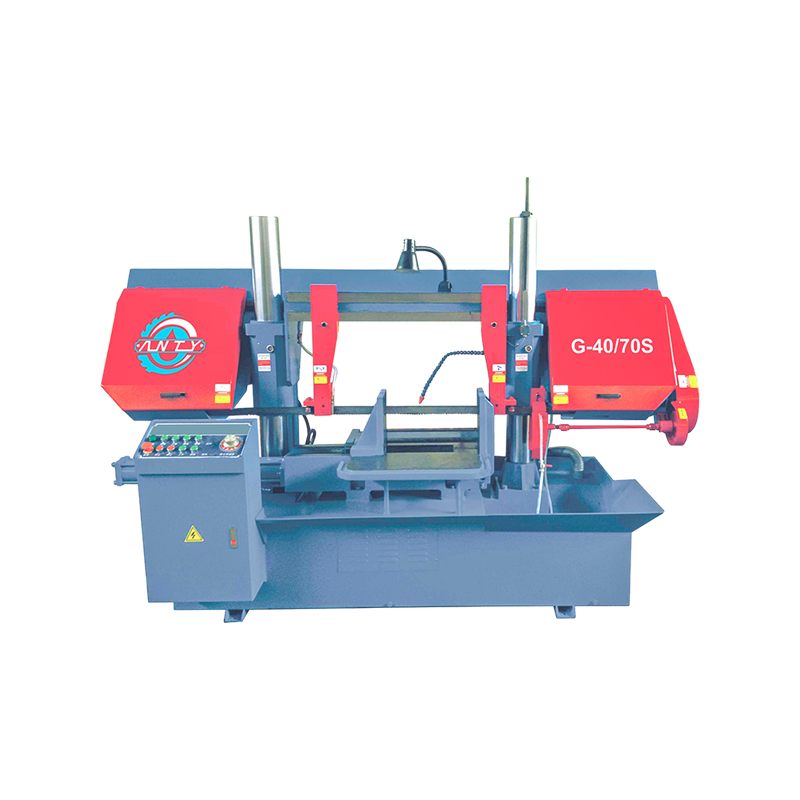
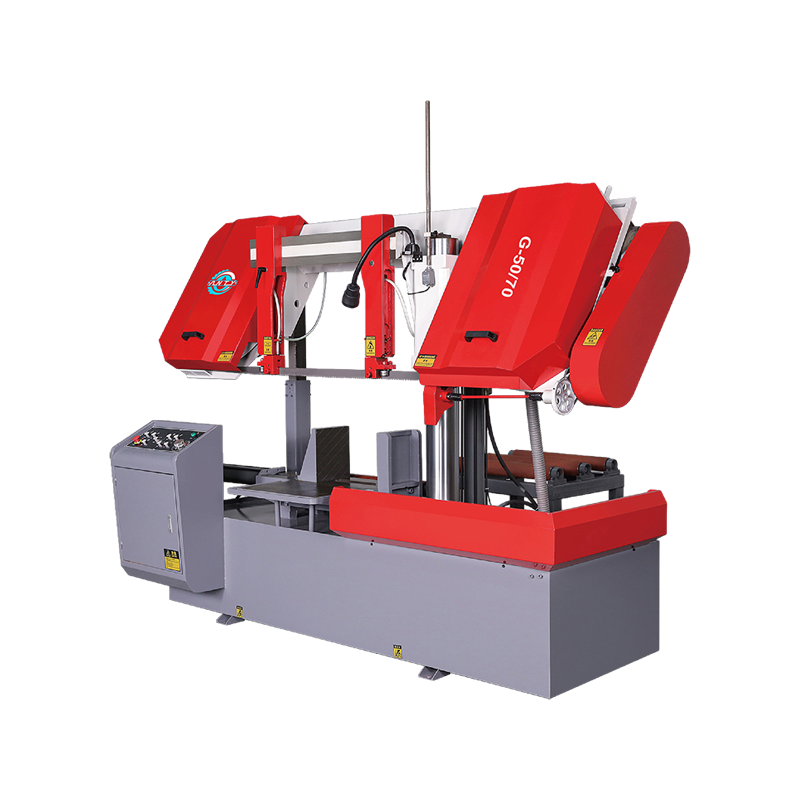
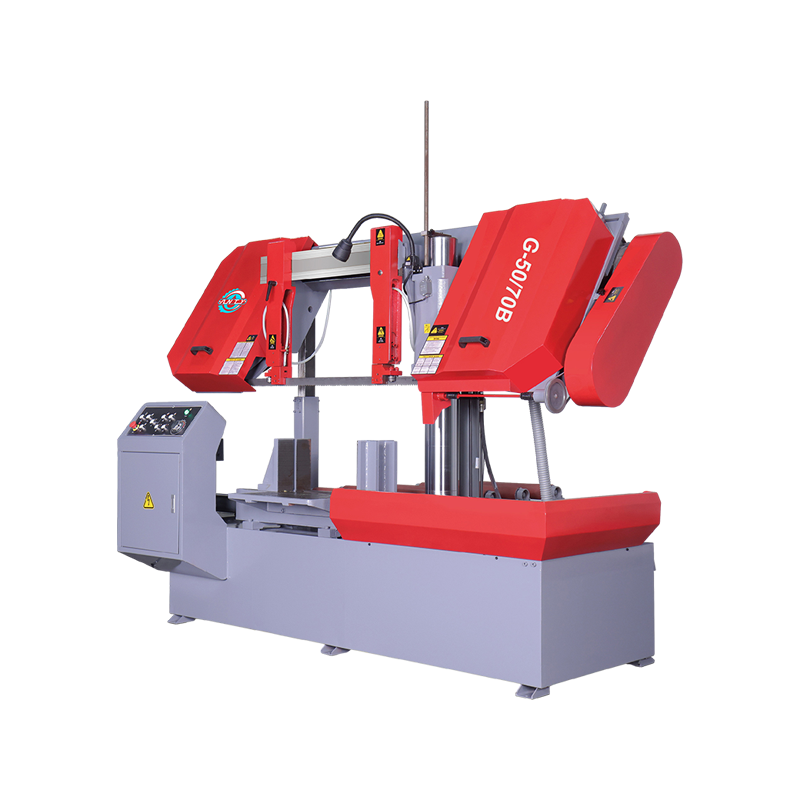
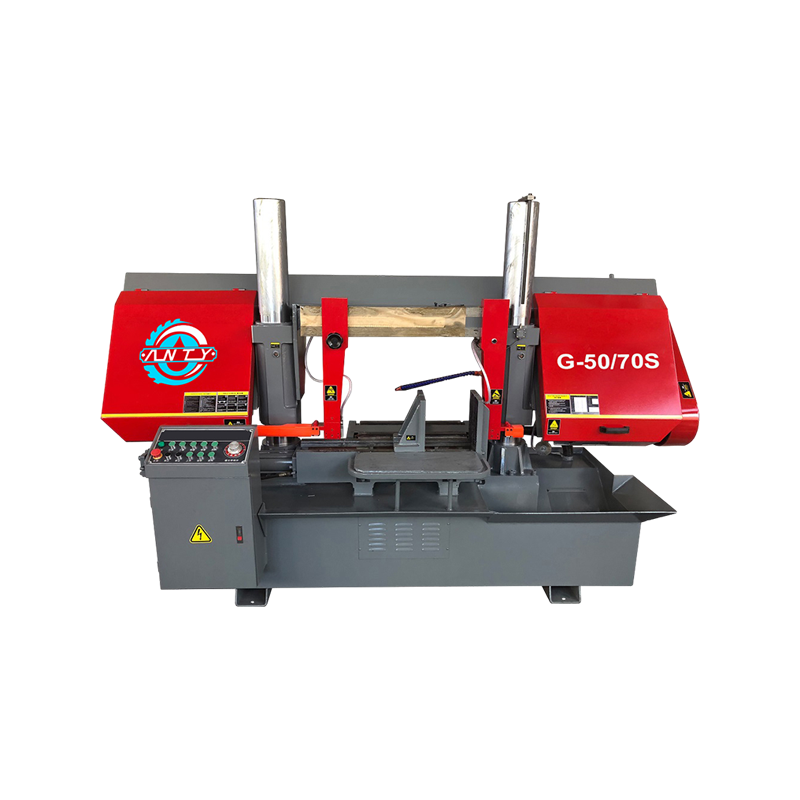
 CONTACT US
CONTACT US